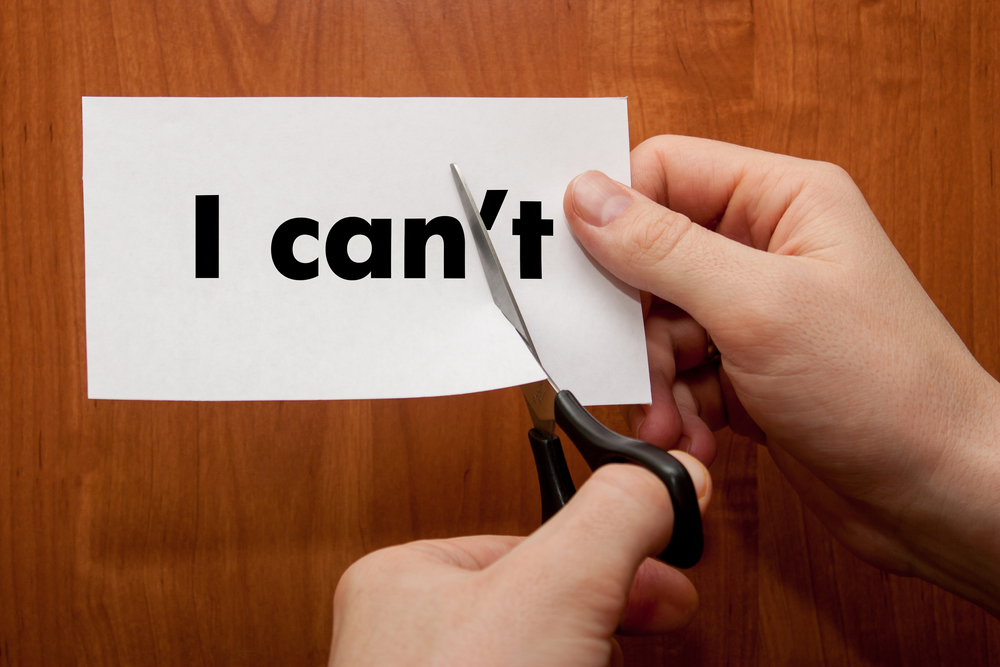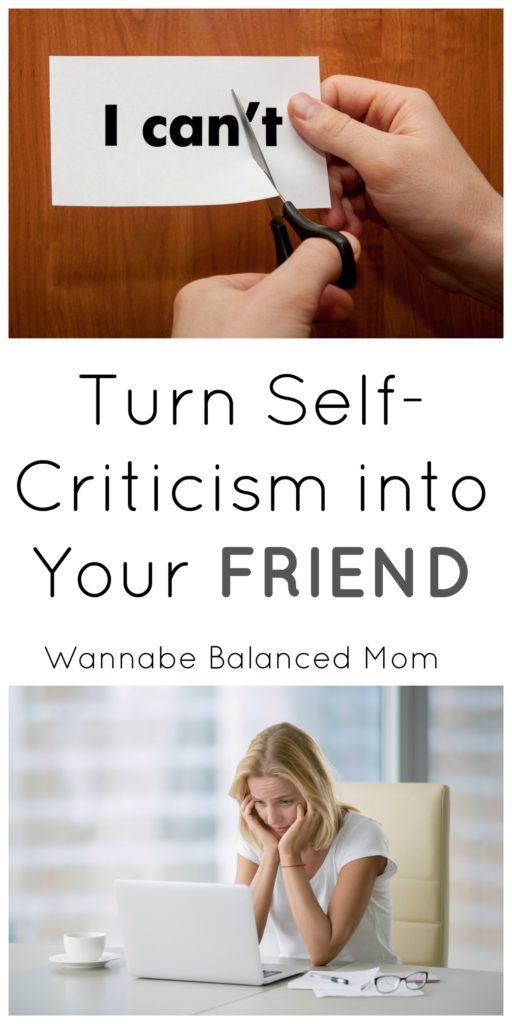Have you ever been assigned (or assigned yourself) a large undertaking? At first, you’re excited about it. You can see how amazing it will be. But then you remember that you’re the one who has to make it that way. You wonder if you’re really up to the task. The more you think about it, the more self-criticism cripples you. Eventually, you’re not able to make a single judgement call because you question everything. Even worse, this self-criticism can lead you into cycles of obsessive self-reprimanding, often progressing into a downward spiral of depression.
I’ve recently signed with a publisher and have begun writing my book. I’m so excited about this incredible opportunity to get my story in the hands of more people. Although this is a very exciting endeavor, that doesn’t mean it comes free of self-doubt. Here are a few things I’ve learned. Also, check out my podcast episode on Confidence.

Self-criticism can be an essential key to personal success. It helps you to continually grow and learn, leads you to seek out insight from people around you, and helps you to consider issues from different angles. Without a healthy dose of self-criticism, we’re all just stagnant and uninspired.
Some people might say that self-criticism automatically leads to self-doubt. But I beg to differ. I think it can be one of our most powerful tools. However, it can also weigh us down and keep us from doing what we want. In fact, I think of it much like this scene from Mulan. Remember it? Those things around the wrist can either be weights, dragging you down, or they can be tools to help you climb upwards.
Whether your self-criticism tends to be about your looks, your job performance, your social skills, or your parenting, here are some tips for using it as a tool instead of a handicap:
Balance self-criticism with a healthy dose of self-appreciation
Our brains are biologically programmed to identify and remember negative things more than positive things. Some social researchers estimate that it takes 5 positive interactions with a partner to counteract a negative interaction. A certain study found that when we lose $50, or when we gain $50, our reaction isn’t equivalent in both directions; that is, we are more upset about losing $50 than we are happy about gaining $50.
So, what does this mean for our own mental patterns? Each dart of self-criticism is going to need to be counteracted by a bigger dose of self-appreciation. For some reason, we think that we’re being “honest” when we emphasize the negative, but true honesty will require a balanced view of the good as well. So remember to take time to recognize your own virtues, the things you did a good job with, and the ways that you’ve improved.
Tip: Whenever you’re evaluating yourself and your performance, take a step back and pretend like you’re trying to give a constructive critique to a friend. How would you balance the feedback between positive and negative?
Couple self-criticism with a growth mentality
The biggest difference between helpful and harmful self-criticism is a growth mentality. The opposite of a growth mentality is a fixed mentality, wherein we believe that whatever talents, virtues, or weaknesses we have are fixed and unchangeable. This is patently false. The human brain is constantly changing, adapting, and learning. It can also move in the other direction, and talents and strengths can be lost when we don’t exercise them.
Every time we criticize something, we should consider it an opportunity to recognize and learn. Because we’re always able to learn! Just because you can’t hold a tune in a bucket right now doesn’t mean that you’ll still be unable to a year from now, after taking voice lessons.
Tip: Anytime a critical comment sneaks into your head, modify it with a “but…” For example, “I’m not great at design, but I can learn.” Or, “This writeup didn’t turn out as well as I’d want, but the next one will be better.”

Divide your actions from your self-worth
Social researcher Brene Brown defines the difference between guilt (which could be called positive self-criticism) and shame (which could be considered negative self-criticism) as such: Guilt says, “I’m sorry, I made a mistake” whereas shame says “I’m sorry, I AM a mistake.” Do you see the distinction? Healthy self-criticism helps you to remember that your worth isn’t diminished by negative actions. You’re still a valuable human being with choices and limitless potential. Because of that, you have the power to change and progress. As soon as we start saying, “That’s just the way I am and always will be,” we get dragged into stasis that easily leads to depression and even self-loathing. It’s in that place that we look for excuses, self-justification, and numbing addictive behaviors. In fact, this is exactly the unhealthy self-doubt that keeps people from overcoming addictive and harmful behaviors.
Tip: This distinction has a really close tie with the “growth-mentality” that I mentioned above. However, I’ve found that the best way to counter this is with just a simple mantra. “I am more than my mistakes.”
Avoid the victim mentality
Often, we find ourselves powerfully influenced by our surroundings. Whether it’s the pressure from friends or family, close interaction with things that trigger our negative behavior, or external stressors, it’s naive to assume that we’re always above such influence. The truth is that it’s healthy to be influenced by these things. It’s an essential part of being human.
On the other hand, we can’t go around thinking that we have no control over these outside factors. While they’re pushing on us, we’re also pushing on them. It’s not a monologue, but a conversation, always going back and forth, and changing as it does so. This means that we have control over (1) creating environmental factors that will positively influence us, (2) how we react to difficult environmental factors. Identify those things that bring you down and change them when you can, and find creative methods to counter them when you can’t.
Tip: A journal is a powerful tool for identifying how external things influence your mental state. Record the outside stimuli, and how it makes you feel, and then brainstorm ways that you can move things around to benefit you.








Leave a Reply